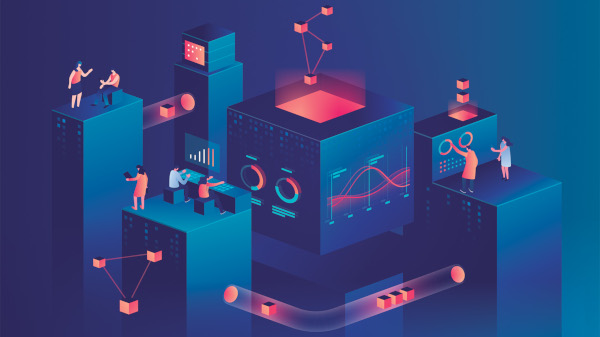
Many end-to-end cloud data analytics platforms can now seamlessly integrate information across business units and perform in-depth analysis. Put simply: These solutions allow data to be standardized across your operation. They make it easy to review and analyze data from multiple dimensions and use artificial intelligence (AI) routines to identify significant events, spot emerging trends, and more rapidly and effectively zero in on what’s moving the needle in the marketplace before competitors are aware.
By letting AI handle the heavy lifting of sifting through mountains of information to spot helpful patterns, you can boost your ability to see the future taking shape. Companies can more quickly close the gap from information to insight and create the fastest path to building competitive advantage.
According to PwC’s annual CEO survey, finding skilled data analysis professionals is a challenge for many businesses, who (ironically) are no better at making decisions than before the digital transformation process. Likewise, surveys by Accenture demonstrate that most employees are far less data literate than you suspect, and so stressed about working with information that it costs global employers over $200 billion a year in lost productivity.
It pays to invest in complete soup-to-nuts solutions for managing and mining data onsite or remotely across your business. Also, it’s important to pick a provider whose drag-and-drop tools can make it easier for workers to discern crucial business insights. Using these solutions, for example, retailers can track customer behavior, buying patterns, and social media conversations to know which products are most popular. Likewise, manufacturers can leverage them to more accurately predict production runs, while technology providers can use these tools to enhance service, maximize uptime and eliminate productivity bottlenecks.
While many firms have access to business insights, few enterprises are truly data-driven.
It pays to focus on the human elements of working with information as well. Even more so given that global research by the Data Literacy Project shows that only 25% of business decision makers consider themselves data literate. Finding ways to use data to drive more positive outcomes isn’t just about implementing the best analytics software available. It’s also about encouraging colleagues to embrace the power of AI-enabled solutions and getting your workforce up-to-speed with the ability to analyze information.
While many firms have access to business insights, few enterprises are truly data-driven. By focusing on strategic analysis, your company can bridge the gap. Doing so can free information from silos across your organization and help your employees gain the ability to translate insights into action, unlock new opportunities for your company, and create added business value in a fraction of the time it typically takes.

I3, the flagship magazine from the Consumer Technology Association (CTA)®, focuses on innovation in technology, policy and business as well as the entrepreneurs, industry leaders and startups that grow the consumer technology industry. Subscriptions to i3 are available free to qualified participants in the consumer electronics industry.